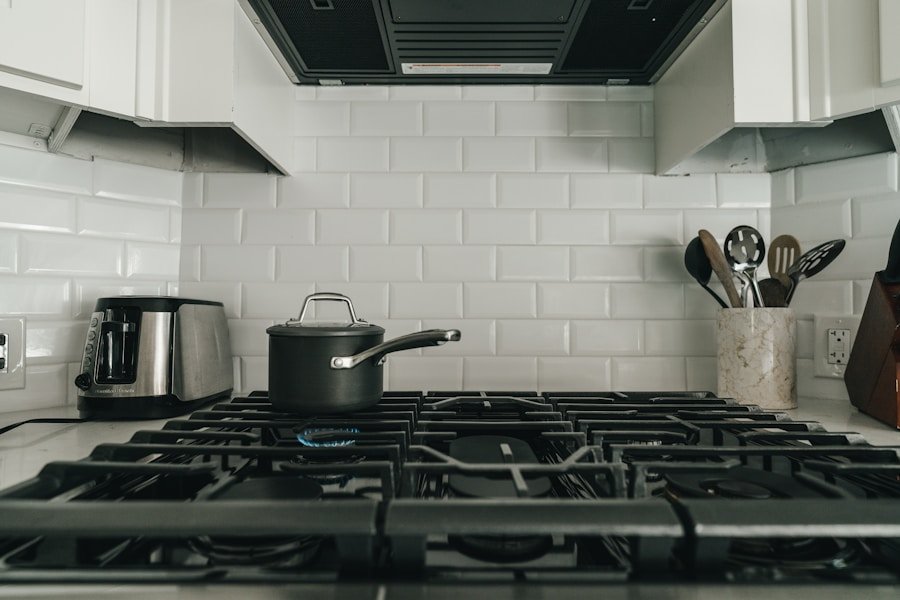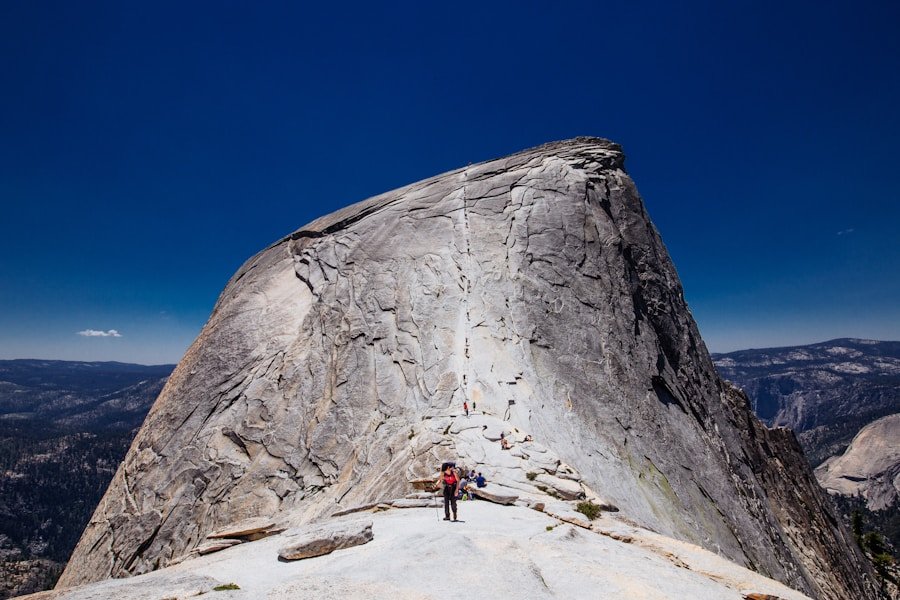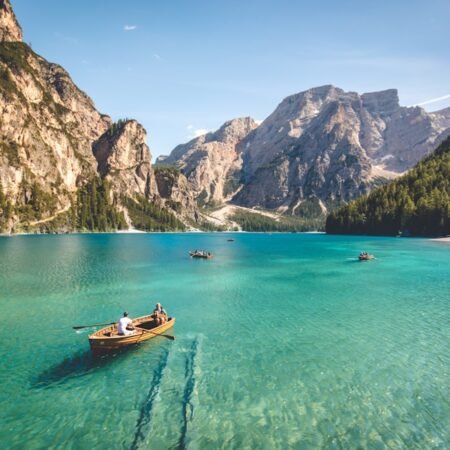When it comes to choosing a camping stove, there are several different types to consider. The most common types include propane stoves, liquid fuel stoves, canister stoves, and wood-burning stoves. Propane stoves are popular for their ease of use and convenience, as they can be easily connected to a propane tank for fuel.
Liquid fuel stoves, on the other hand, are known for their versatility and ability to operate in extreme weather conditions. Canister stoves are lightweight and compact, making them ideal for backpacking trips. Finally, wood-burning stoves are a great option for those who want to minimize their environmental impact and enjoy the traditional experience of cooking over an open flame.
Each type of camping stove has its own set of advantages and disadvantages, so it’s important to consider your specific needs and preferences when making a decision. For example, if you prioritize convenience and ease of use, a propane stove may be the best option for you. On the other hand, if you value versatility and reliability in extreme conditions, a liquid fuel stove may be the better choice.
Ultimately, the type of camping stove you choose will depend on factors such as the type of camping you plan to do, the number of people you will be cooking for, and your personal cooking style.
Key Takeaways
- There are various types of camping stoves to choose from, including canister stoves, liquid fuel stoves, and wood-burning stoves.
- When choosing a camping stove, consider factors such as fuel type, weight, size, and cooking style to find the best option for your needs.
- Different fuel options for camping stoves have their own pros and cons, such as convenience, availability, and environmental impact.
- Top features to look for in a camping stove include stability, wind resistance, simmer control, and ease of use.
- Portable stoves are great for car camping, while backpacking stoves are lightweight and compact for hiking and trekking adventures.
Factors to Consider When Choosing a Camping Stove
When choosing a camping stove, there are several important factors to consider to ensure that you select the best option for your needs. One of the most important factors to consider is the size and weight of the stove. If you plan to do a lot of backpacking or hiking, you’ll want a stove that is lightweight and compact for easy transport.
Another important factor to consider is the type of fuel the stove uses. Propane stoves are convenient and easy to use, while liquid fuel stoves are known for their reliability in extreme conditions. Canister stoves are lightweight and compact, making them ideal for backpacking trips.
Wood-burning stoves are a great option for those who want to minimize their environmental impact and enjoy the traditional experience of cooking over an open flame. In addition to size, weight, and fuel type, it’s also important to consider the cooking power and efficiency of the stove. Some stoves are designed for quick boiling and high heat output, while others are better suited for simmering and slow cooking.
The number of burners on the stove is also an important consideration, especially if you plan to cook for a larger group of people. Finally, it’s important to consider the overall durability and construction of the stove to ensure that it can withstand the rigors of outdoor use.
Fuel Options for Camping Stoves: Pros and Cons
When it comes to choosing a camping stove, one of the most important decisions you’ll need to make is what type of fuel to use. There are several different fuel options available for camping stoves, each with its own set of pros and cons. Propane is a popular choice for camping stoves due to its convenience and ease of use.
Propane stoves can be easily connected to a propane tank for fuel, making them a great option for car camping and other outdoor activities where weight and portability are not major concerns. Liquid fuel stoves are another popular option for camping stoves, known for their versatility and ability to operate in extreme weather conditions. Liquid fuel stoves can run on a variety of different fuels, including white gas, kerosene, and diesel, making them a great option for international travel or remote expeditions where fuel availability may be limited.
Canister stoves are lightweight and compact, making them ideal for backpacking trips where weight and portability are major concerns. Canister stoves use pre-filled canisters of fuel that are easy to connect and disconnect from the stove, making them a convenient option for outdoor cooking on the go. Wood-burning stoves are a great option for those who want to minimize their environmental impact and enjoy the traditional experience of cooking over an open flame.
Wood-burning stoves use twigs, sticks, and other natural materials as fuel, making them a sustainable and eco-friendly option for outdoor cooking. However, wood-burning stoves can be more challenging to use than other types of camping stoves, as they require a constant supply of fuel and may produce more smoke and soot.
Top Features to Look for in a Camping Stove
| Stove Type | Pros | Cons |
|---|---|---|
| Canister Stove | Compact, easy to use, good for boiling water | Less efficient in cold weather, canisters can be hard to recycle |
| Liquid Fuel Stove | Works well in cold weather, fuel is readily available | Heavier and bulkier, requires maintenance |
| Wood Burning Stove | Fuel is free and readily available, eco-friendly | Requires more effort to start fire, can leave soot on cookware |
| Multi-Fuel Stove | Can use various types of fuel, good for international travel | More complex to use, heavier than other options |
When choosing a camping stove, there are several key features to look for to ensure that you select the best option for your needs. One important feature to consider is the cooking power and efficiency of the stove. Some stoves are designed for quick boiling and high heat output, while others are better suited for simmering and slow cooking.
The number of burners on the stove is also an important consideration, especially if you plan to cook for a larger group of people. Another important feature to look for in a camping stove is the overall durability and construction of the stove. Look for a stove that is made from high-quality materials such as stainless steel or aluminum, with sturdy legs and supports that can withstand the rigors of outdoor use.
It’s also important to consider the size and weight of the stove, especially if you plan to do a lot of backpacking or hiking. Look for a stove that is lightweight and compact for easy transport, with foldable or detachable components that make it easy to pack and carry. Finally, it’s important to consider any additional features or accessories that may enhance the functionality of the stove.
Some camping stoves come with built-in wind screens or heat reflectors to improve efficiency in windy conditions, while others may have built-in igniters or piezo-electric starters for easy lighting. Consider your specific needs and preferences when evaluating these additional features to ensure that you select a camping stove that meets all of your requirements.
Comparing Portable and Backpacking Stoves: Which is Right for You?
When it comes to choosing a camping stove, one important decision you’ll need to make is whether to opt for a portable stove or a backpacking stove. Portable stoves are designed for car camping and other outdoor activities where weight and portability are not major concerns. These stoves are typically larger and heavier than backpacking stoves, with multiple burners and more robust construction.
Backpacking stoves, on the other hand, are designed for lightweight and compact transport, making them ideal for backpacking trips where weight and portability are major concerns. These stoves are typically smaller and lighter than portable stoves, with single burners and minimalist construction that prioritizes weight savings over additional features. Ultimately, the decision between a portable stove and a backpacking stove will depend on your specific needs and preferences.
If you plan to do a lot of car camping or outdoor cooking where weight and portability are not major concerns, a portable stove may be the best option for you. On the other hand, if you plan to do a lot of backpacking or hiking where weight and portability are major concerns, a backpacking stove may be the better choice.
Safety Tips for Using a Camping Stove
When using a camping stove, it’s important to prioritize safety to ensure that you have an enjoyable and incident-free outdoor cooking experience. One of the most important safety tips when using a camping stove is to always follow the manufacturer’s instructions for setup, operation, and maintenance. This includes properly connecting fuel sources, lighting the stove in a safe manner, and extinguishing the flame when cooking is complete.
Another important safety tip when using a camping stove is to always use the stove in a well-ventilated area to prevent carbon monoxide buildup. This means never using a camping stove inside a tent or other enclosed space, as this can lead to dangerous levels of carbon monoxide that can be harmful or even fatal. It’s also important to be mindful of fire safety when using a camping stove.
This includes keeping flammable materials such as clothing or bedding away from the stove while it is in use, as well as being cautious when using the stove in windy conditions that may increase the risk of fire spreading.
Maintenance and Care for Your Camping Stove: Extending its Lifespan
To ensure that your camping stove remains in good working condition for years to come, it’s important to prioritize regular maintenance and care. One important aspect of maintaining your camping stove is cleaning it regularly to remove any built-up grease, food particles, or other debris that can affect its performance. In addition to cleaning your camping stove regularly, it’s also important to inspect it for any signs of wear or damage that may require repair or replacement.
This includes checking hoses, seals, valves, and other components for signs of wear or deterioration that may affect the safety or functionality of the stove. Finally, it’s important to store your camping stove properly when not in use to protect it from damage or deterioration. This includes storing it in a dry and well-ventilated area away from moisture or extreme temperatures that can affect its performance.
By prioritizing regular maintenance and care for your camping stove, you can extend its lifespan and ensure that it continues to provide reliable outdoor cooking performance for years to come. In conclusion, choosing the best camping stove for cooking requires careful consideration of factors such as fuel type, size and weight, cooking power and efficiency, durability and construction, additional features or accessories, as well as safety tips when using it outdoors. By understanding these factors and prioritizing safety tips when using your camping stove outdoors while also maintaining it properly will ensure that you have an enjoyable outdoor cooking experience every time you go camping or hiking.
FAQs
What are the different types of camping stoves available?
There are several types of camping stoves available, including canister stoves, liquid fuel stoves, wood-burning stoves, and alternative fuel stoves.
What factors should I consider when choosing a camping stove?
When choosing a camping stove, consider factors such as the type of fuel it uses, the size and weight of the stove, the cooking power, the number of burners, and the ease of use and maintenance.
What are the advantages of canister stoves?
Canister stoves are lightweight, easy to use, and provide consistent performance in various weather conditions. They are also convenient for quick and simple cooking.
What are the advantages of liquid fuel stoves?
Liquid fuel stoves are versatile and can operate on different types of fuel, including white gas, kerosene, and diesel. They are also suitable for cold weather and high-altitude cooking.
What are the advantages of wood-burning stoves?
Wood-burning stoves are environmentally friendly, as they use natural fuel sources. They are also lightweight and do not require carrying additional fuel.
What are the advantages of alternative fuel stoves?
Alternative fuel stoves, such as alcohol stoves, are lightweight, simple, and cost-effective. They are also suitable for solo or small group camping trips.
How do I maintain and care for a camping stove?
To maintain a camping stove, regularly clean the burners and fuel lines, check for any leaks, and store it in a dry and safe place when not in use. Follow the manufacturer’s instructions for specific maintenance guidelines.













